In today’s digital age, where connectivity is at an all-time high, understanding the ‘Scam Likely’ warning is crucial. This term, increasingly common on our phone screens, signifies a potential threat. But what exactly does it mean, and how should you handle it? Let’s delve into the details of what ‘Scam Likely’ signifies, how it works, and what actions you can take to protect yourself.
What Is a “Scam Likely” Call?
A “Scam Likely” call is a notification from your mobile carrier indicating that an incoming call has been flagged as potentially fraudulent or spam. This label serves as a precautionary measure to help you avoid potential scams that could lead to financial loss or identity theft. When you see “Scam Likely” on your screen, it’s a signal to be cautious about the call you’re about to receive.

How Does “Scam Likely” Work?
Understanding how a ‘Scam Likely’ label is generated involves a look into the technology and algorithms used by mobile carriers to detect suspicious calls. This process is not a mystery, but a systematic approach to protecting you from potential scams. Here’s a breakdown of the process:
Call Frequency and Duration
One of the primary factors that can trigger a “Scam Likely” warning is the call frequency and duration. If a single number is making numerous short calls within a short period, it raises a red flag. Scammers often use automated systems to make a high volume of calls, hoping to reach someone who might fall for their scheme.

Call Origin
The geographic origin of a call also plays a significant role in its classification. Calls originating from areas known for high scam activity are more likely to be flagged. For instance, if you receive a call from a region with a reputation for scam operations, it might be labeled as “Scam Likely.”
Caller ID Spoofing
Caller ID spoofing is a technique used by scammers to make it appear as though the call is coming from a legitimate number. If the caller ID information doesn’t match the actual origin of the call or seems suspicious, it can trigger a “Scam Likely” alert. This discrepancy between the displayed number and the actual caller is a common tactic used to deceive recipients.
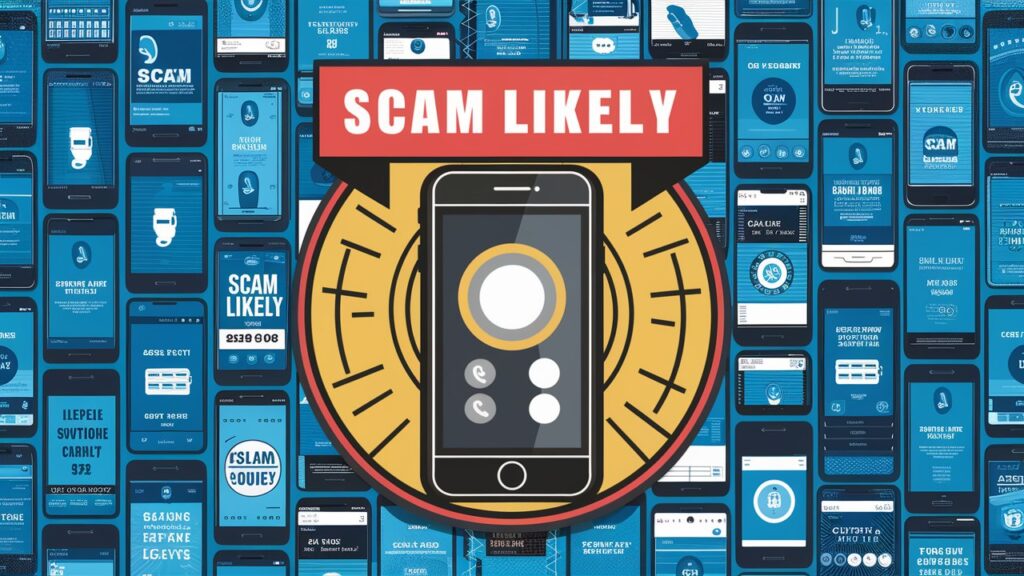
Database of Known Scammers
Mobile carriers maintain extensive databases of numbers associated with known scams. When a call comes from a number on this list, it can automatically be tagged as “Scam Likely.” These databases are continually updated to reflect new scam numbers and trends.
What to Do When You See “Scam Likely”
Seeing ‘Scam Likely’ on your phone can be unsettling, but knowing how to respond can bring a sense of relief and security. Here are some steps you should consider:
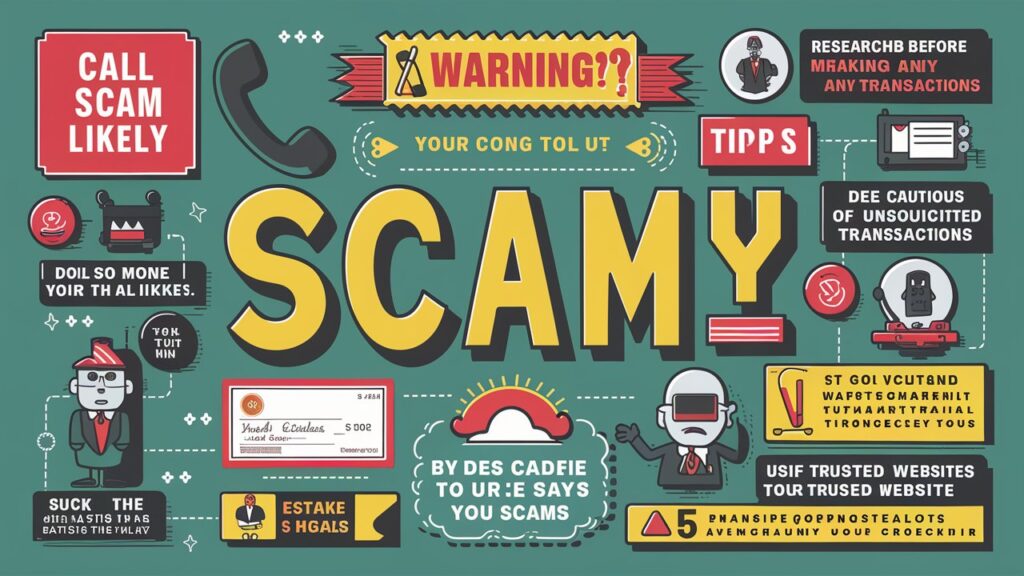
Don’t Answer the Call
When you see ‘Scam Likely’ on your screen, the safest action is to avoid answering the call altogether. If the call is important, the caller will likely leave a voicemail, or you can follow up through other means. By not answering, you significantly reduce the risk of engaging with potential scammers.
Also Read: The Hidden Dangers of 9300120111410471677883: Unmasking the Scam
Block the Number
Most modern phones come with features that allow you to block unwanted callers. If you receive a call flagged as “Scam Likely,” blocking the number can prevent future calls from the same source. This feature can be accessed through your call log or settings menu.

Report the Call
Many carriers offer options for reporting scam calls. By reporting these calls, you contribute to broader efforts to combat scams and protect other users. Check with your carrier to understand the process for reporting suspicious calls.
Be Cautious
Even if you decide to answer a call marked as “Scam Likely,” exercise extreme caution. Never provide personal information or financial details or agree to any requests made by the caller. Scammers often use high-pressure tactics to get you to act quickly, so it’s essential to stay calm and skeptical.
Additional Tips for Avoiding Scams
In addition to handling “Scam Likely” calls, there are several other measures you can take to protect yourself from scams:
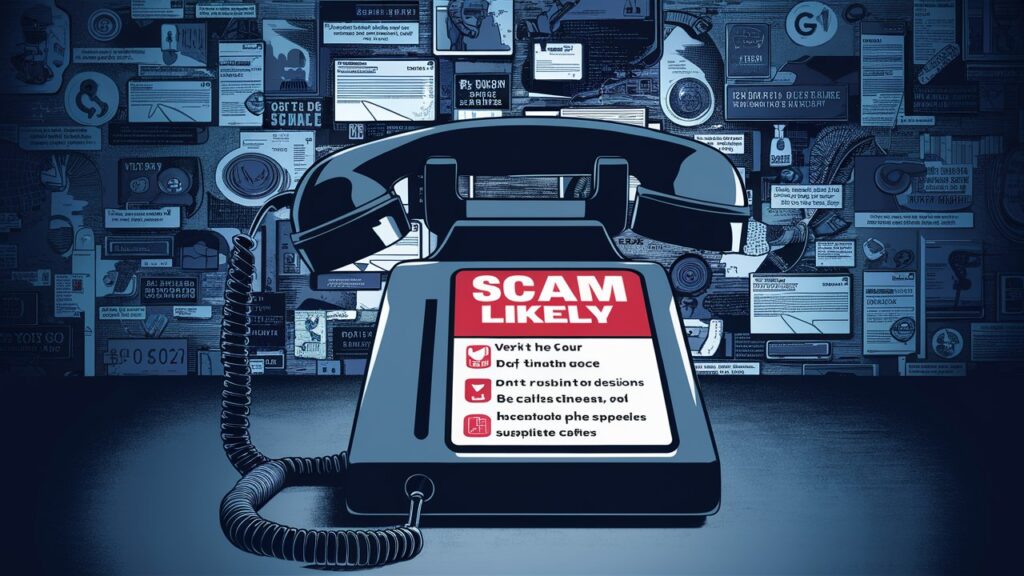
Install a Call-Blocking App
Consider installing a call-blocking app on your phone. These apps can help identify and block spam calls, offering an additional layer of protection. Many apps use databases of known scam numbers and advanced algorithms to filter out unwanted calls.
Keep Your Phone Software Updated
Regularly updating your phone’s software can enhance its security features, including those designed to protect against spam and scams. Software updates often include improvements to call screening and spam detection.
Educate Yourself About Common Scams
Knowledge is a powerful tool in preventing scams. Familiarize yourself with common scam tactics, such as phishing, fake tech support, and lottery scams. Understanding these tactics can help you recognize and avoid potential threats.

Use Two-Factor Authentication
For added security, enable two-factor authentication (2FA) on your accounts whenever possible. This extra layer of protection can help safeguard your personal information even if a scammer gains access to your account credentials.
Be Skeptical of Unsolicited Calls
Be wary of unsolicited calls from unfamiliar numbers, especially those requesting sensitive information or urgent action. Scammers often use alarming messages to create a sense of urgency, prompting you to make hasty decisions.
The Impact of Scam Calls
By understanding and responding appropriately to ‘Scam Likely’ alerts, you can reclaim a sense of control and empowerment, mitigating the potential harm and protecting yourself from the financial and emotional consequences of scam calls.
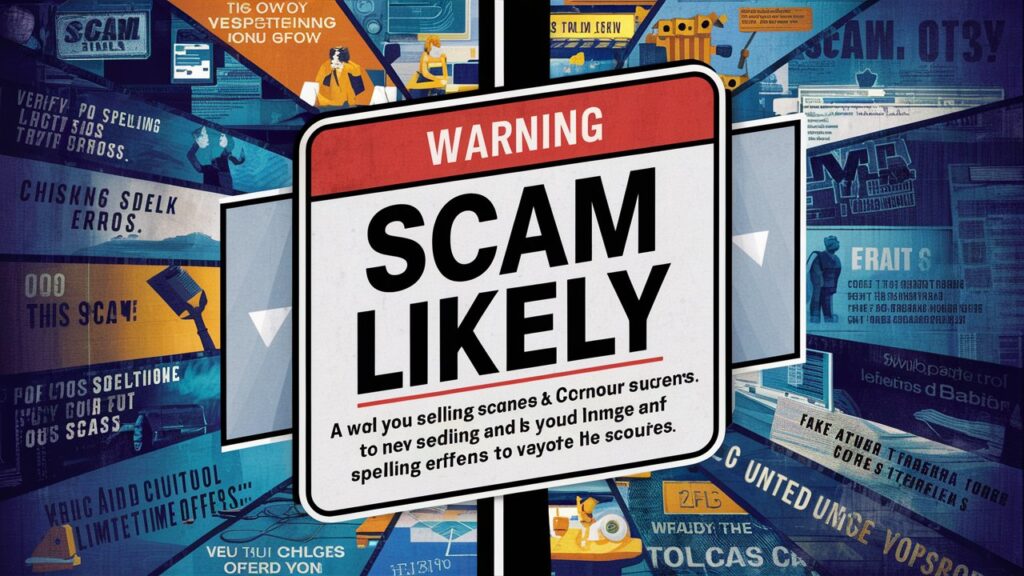
Financial Consequences
Scammers often seek to steal money from their victims through various schemes. Whether it’s through phishing for credit card details or convincing you to transfer money, the financial consequences can be severe. By avoiding and reporting scam calls, you reduce the risk of falling victim to these schemes.
Emotional and Psychological Impact
Receiving scam calls can also take an emotional toll. The stress and anxiety associated with these calls can affect one’s overall well-being. Taking proactive steps to handle “Scam Likely” calls effectively can help alleviate some of these concerns.
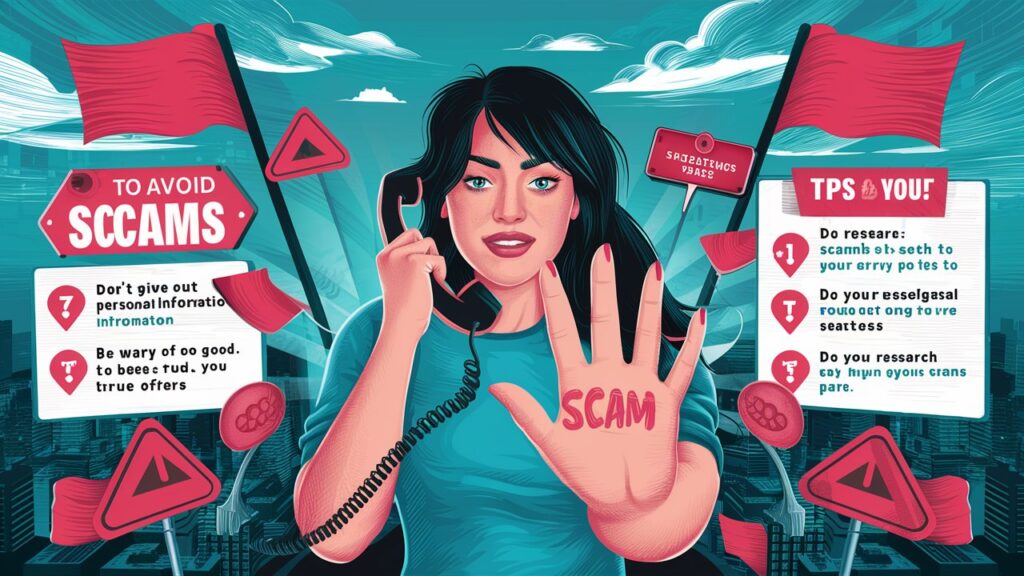
Societal Implications
On a broader scale, scam calls contribute to a culture of distrust and skepticism. By participating in efforts to report and block scam calls, you contribute to a collective effort to improve communication security and trust, fostering a sense of community and shared responsibility.
Conclusion
The “Scam Likely” label serves as an important warning to help you navigate the complex world of phone scams. By understanding how it works and adopting best practices for handling these calls, you can protect yourself from potential threats. Remember to be cautious, use available tools to block and report scams, and stay informed about common tactics used by scammers. Your vigilance plays a crucial role in keeping the digital landscape safer for everyone.

Pingback: Choice Home Warranty George Foreman: A Trusted Partnership for Home Protection